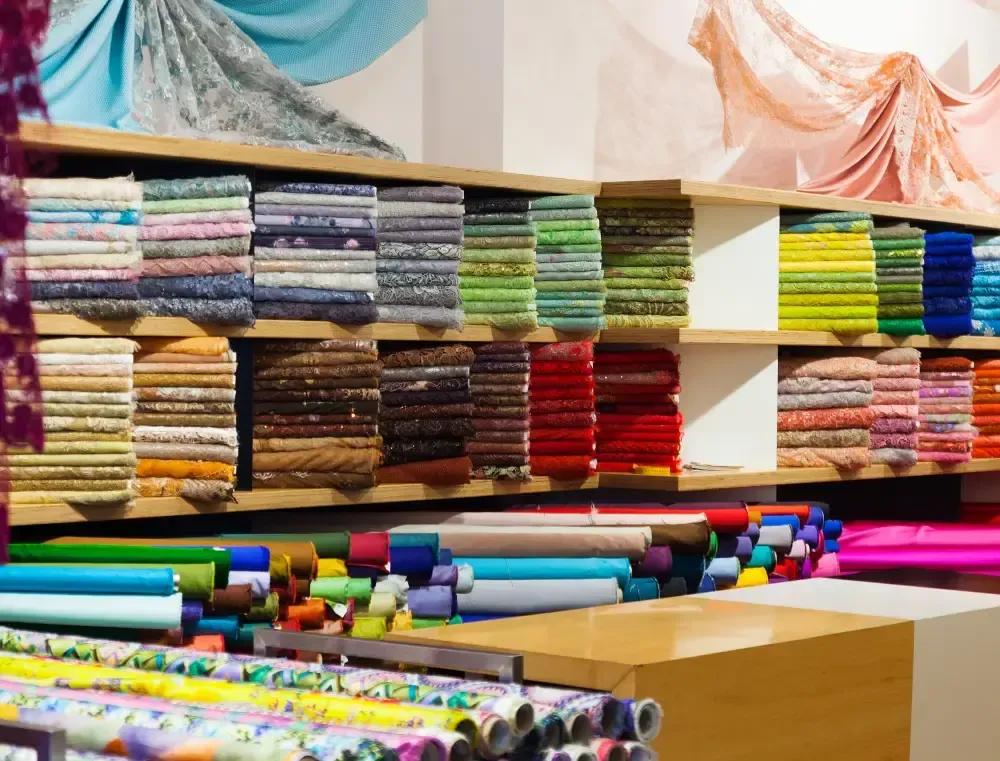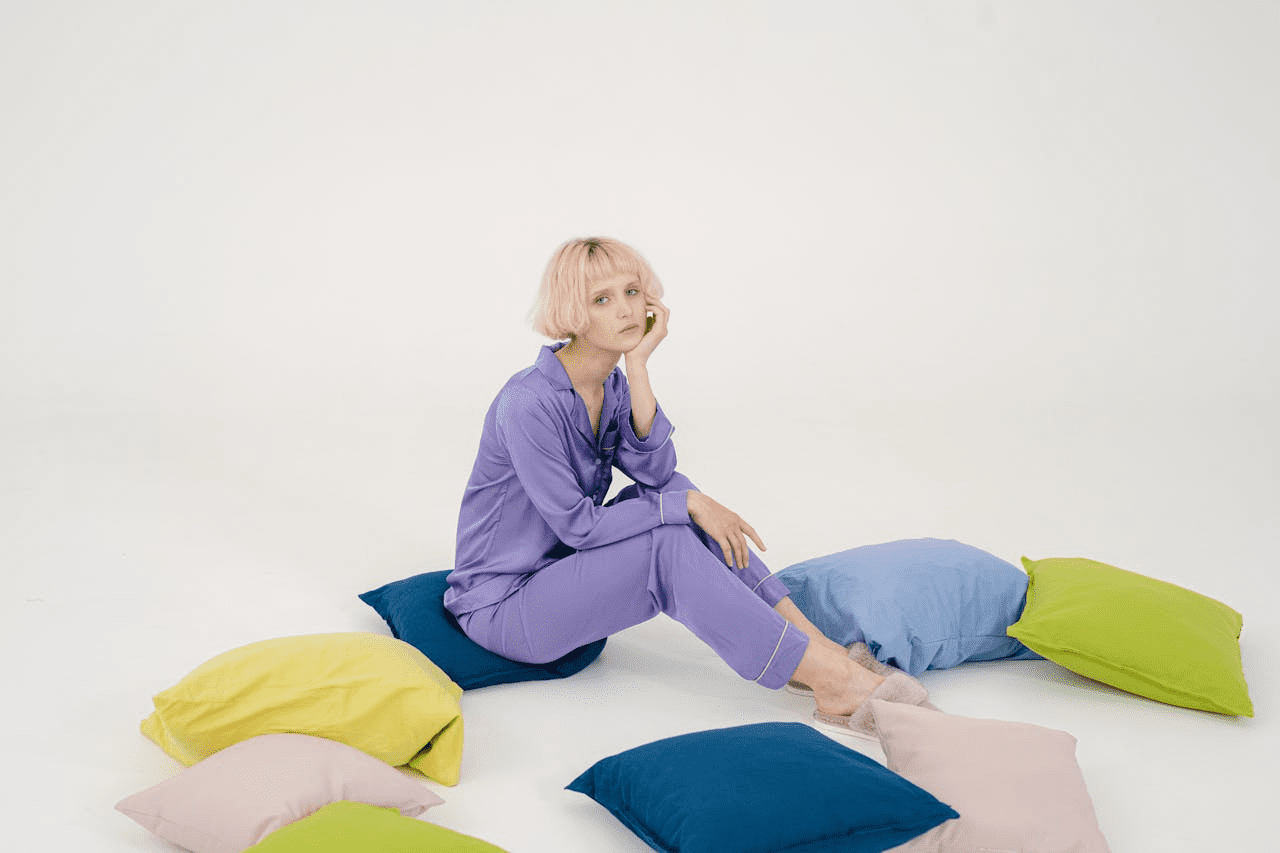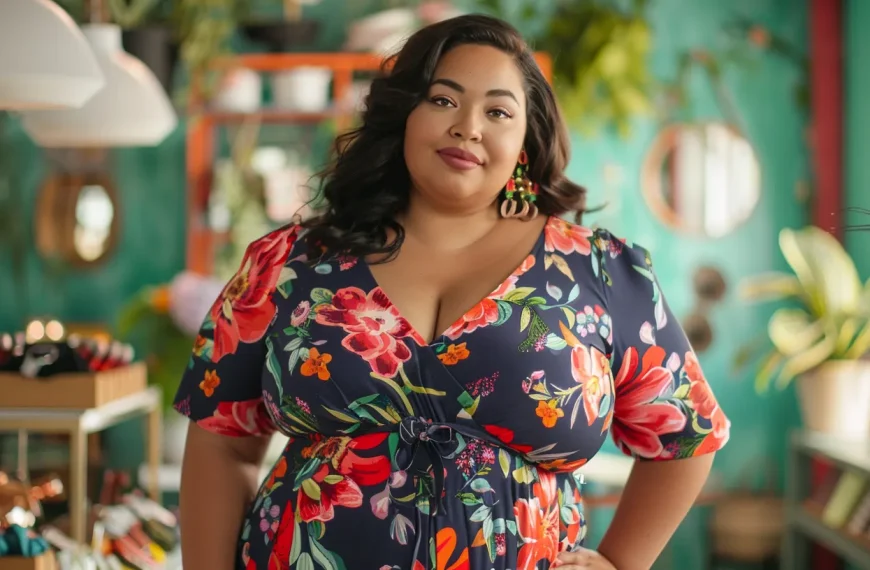When it comes to dining etiquette and table decorum, the choice of napkin fabric is a subtle yet significant element. It speaks to the attention to detail of the host and the quality of the dining experience. While it may go unnoticed by some, those who are well-versed in fine dining and hospitality recognize that the texture, appearance, and functionality of a napkin can either enhance or diminish the ambiance of the meal.
There are several options available for napkin fabrics. Each has its own unique properties. Whether you prefer the crispness of linen, the softness of cotton, or the practicality of synthetic blends, it is important to consider the characteristics of each material before making a choice.
As we explore this topic further, it is also worth considering how factors such as environmental impact, care requirements, and cost efficiency might influence the decision-making process. Ultimately, choosing the best fabric for napkins can have a significant impact on the overall dining experience.
Key Takeaways
-
Absorbency is an important factor to consider when choosing napkin fabric. It determines how efficiently the napkin can deal with spills and stains.
-
Durability is crucial. Factors such as weave structure, fabric weight, and thread count contribute to a fabric’s resilience to wear and tear.
-
Ease of cleaning is another key consideration, with stain resistance, machine wash compatibility, and wrinkle propensity being important factors to evaluate.
-
Cotton, linen, bamboo, and polyester are all viable options for napkin fabric. Each offers different benefits, such as softness, absorbency, durability, wrinkle resistance, and color retention.
Consider Several Factors When Choosing Napkin Fabric
Selecting the appropriate fabric for napkins necessitates evaluating several key factors.
Absorbency
When evaluating liquid absorption, it’s crucial to assess the fabric’s inherent absorbency. This ensures that it serves its purpose without leaving moisture on the diner’s hands or table surface. In the realm of textile science, absorbency is a critical parameter. It defines the efficiency of a fabric in soaking up liquids and retaining them. The capillarity of fibers, porosity, and hydrophilicity are major factors influencing this attribute.
Durability
When evaluating napkin durability, one must consider the interplay of weave structure, fabric weight, and thread count. These elements collectively contribute to the textile’s resilience to wear and tear as well as its ability to withstand repeated laundering.
A critical analysis of these factors should guide the selection process. Durable fabrics offer longevity. They reduce the need for frequent replacements and, thus, prove cost-effective over time.
Ease of cleaning
Ease of maintenance is a critical consideration in the selection of napkin fabrics. This includes particular attention to the textile’s stain resistance and its ability to withstand frequent laundering without a loss of texture or color. The following points highlight key aspects:
-
Stain Resistance: Fabrics with tight weaves and specialized finishes enhance stain removal. These make them preferable for napkins that will be machine-washed regularly.
-
Pre-Wash Requirements: Some fabrics may need a pre-wash to reduce future shrinkage and preserve fiber integrity during subsequent cleanings.
-
Machine Wash Compatibility: The ability of the fabric to be safely machine-washed without deteriorating is vital for practicality and longevity.
-
Wrinkle Propensity: Consider materials that do not wrinkle easily, thus reducing the need for laborious ironing after each wash.
A Guide to Choosing the Best Fabric for Napkins
Selecting the optimal textile for napkins needs an understanding of the intrinsic properties of various fibers.
1. Cotton
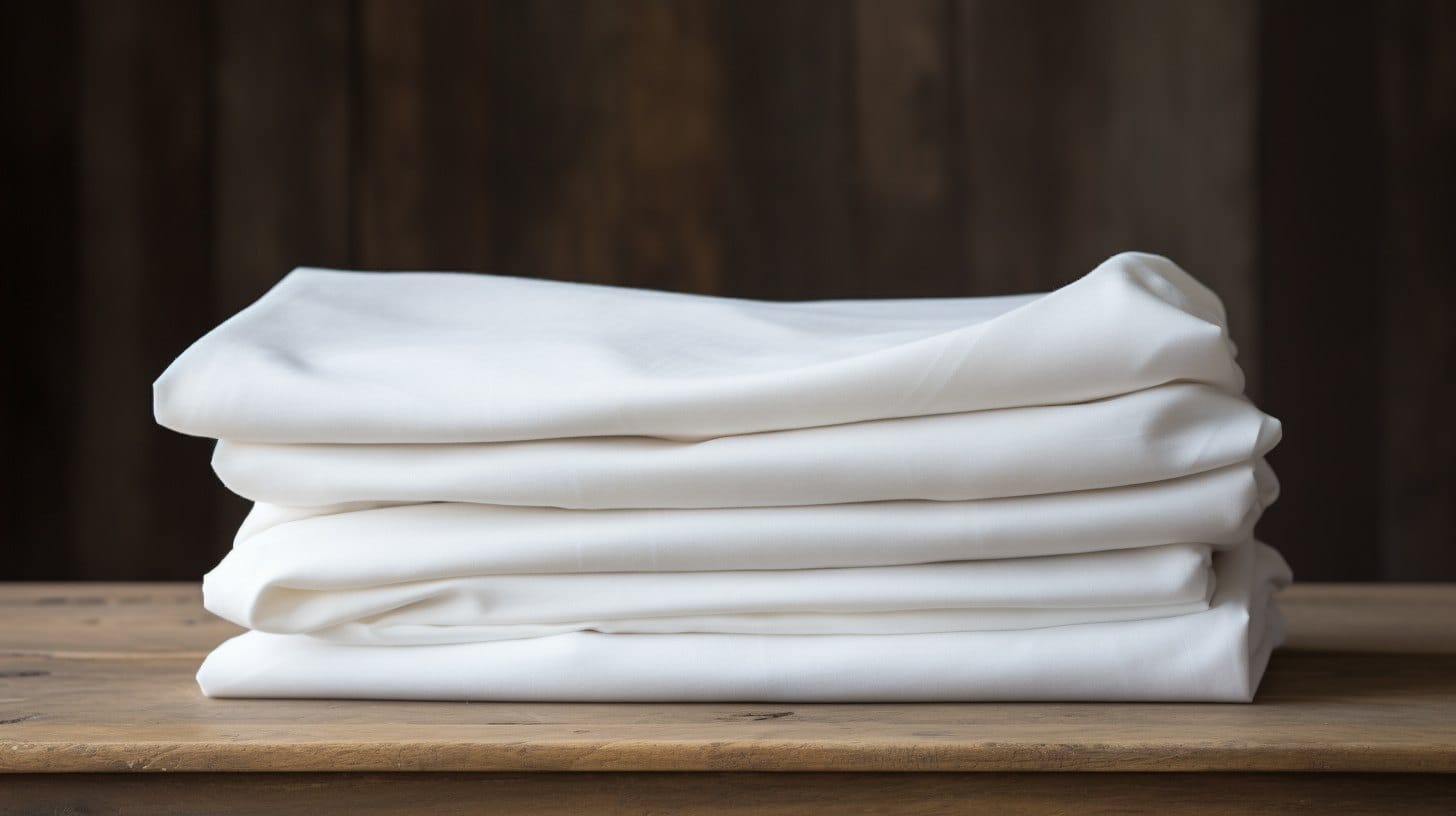
Cotton is a natural fiber characterized by its softness and high absorbency. It’s suitable for both daily use and special occasions. Cotton’s intrinsic properties make it an ideal selection for napkin fabric. It merges functionality with comfort.
Quilting cotton, in particular, is prized for its durability and ease of maintenance. It’s a top choice for crafting napkins.
-
Quilting Cotton: Renowned for its sturdy yet soft texture, it is perfect for daily use.
-
Absorbent: Exceptionally capable of handling spills and stains.
-
Soft: Ensures a pleasant tactile experience for users.
-
Easy to Make: Its forgiving weave accommodates even novice sewers.
2. Linen
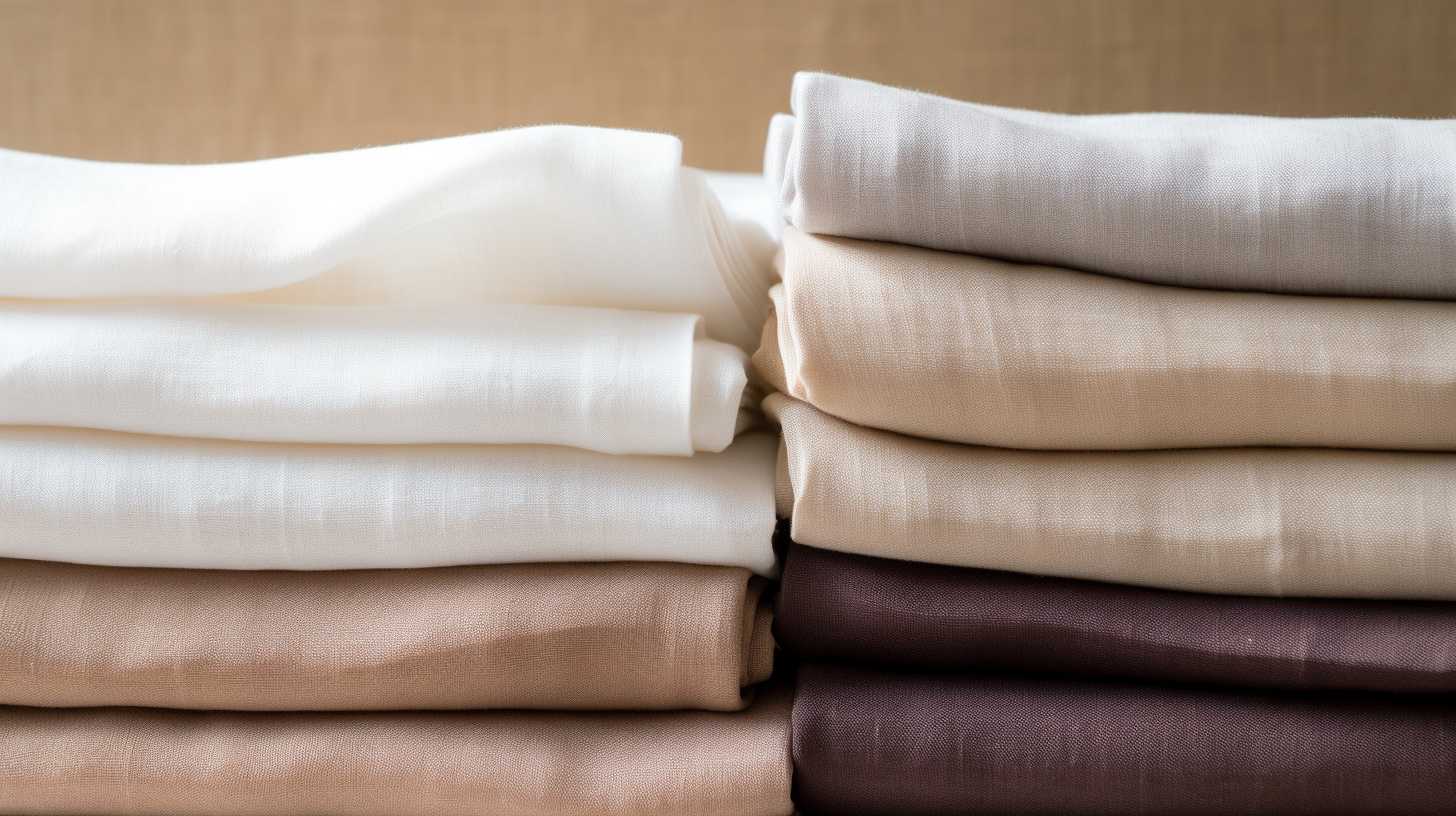
Linen, characterized by its high-quality flax fibers, offers unparalleled elegance and durability. These make it a distinguished choice that caters to formal dining experiences. As a timeless classic in the world of table linens, fine linen showcases a lustrous finish that can be further enhanced by ironing. It adds a polished and refined touch to table settings.
Its fiber structure is inherently soft and absorbent. It can efficiently blot up spills while providing guests with a gentle touch. But, a technical consideration is their propensity to shrink if not cared for properly. To ensure that these exquisite napkins remain timeless additions to any sophisticated table arrangement, it is crucial to adhere to specific laundering guidelines that maintain the integrity of linen fibers.
3. Bamboo
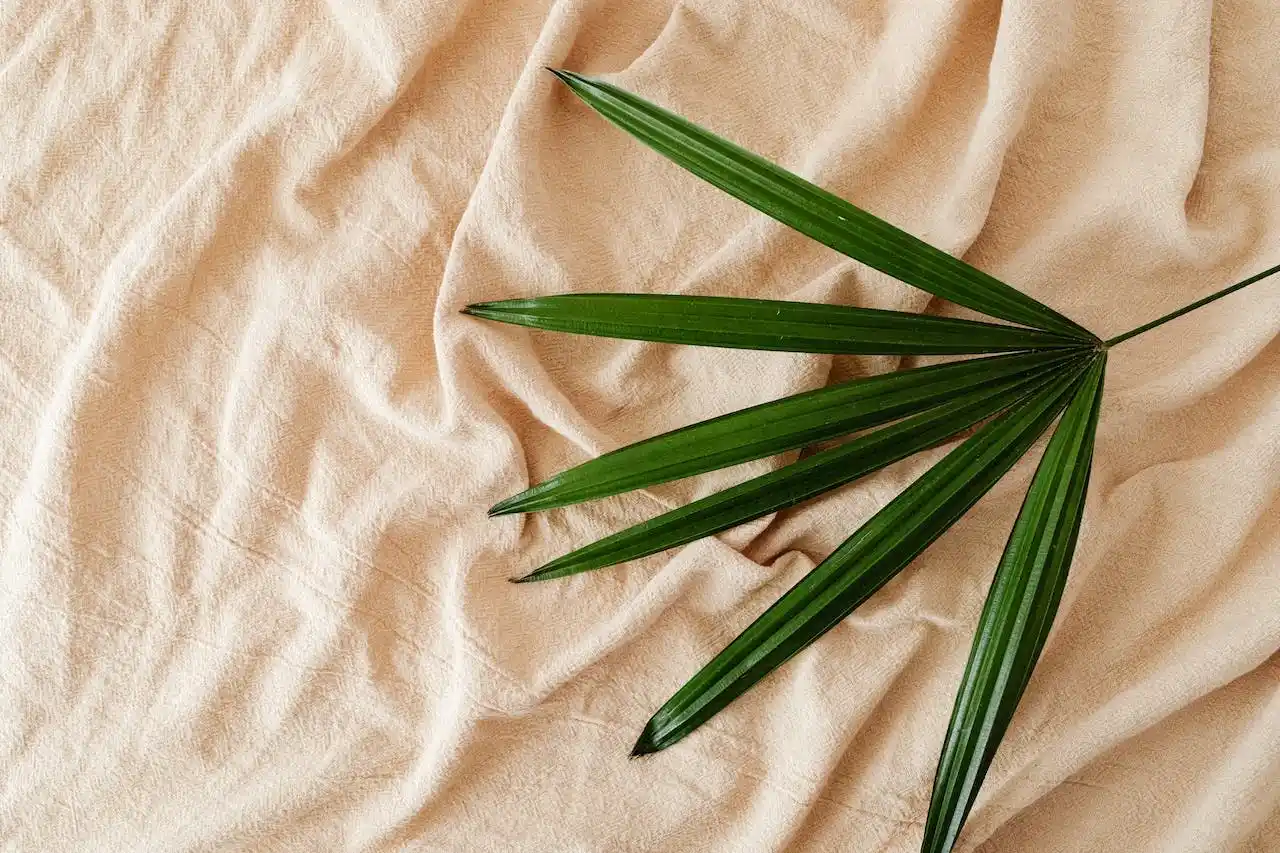
Bamboo fabric is becoming more and more popular as a material for napkins. This is due to its sustainable nature, softness, and absorbency. Bamboo is a standout choice. Because it’s grown in an eco-friendly way, without the use of pesticides or synthetic fertilizers. Additionally, it has remarkable fiber properties.
-
Sustainability: Bamboo’s rapid regeneration and minimal environmental footprint resonate with eco-conscious consumers.
-
Luxurious Softness: The tactile experience of bamboo fabric rivals that of high-end textiles, enhancing the dining experience.
-
Superior Absorbency: Bamboo’s microstructure allows for exceptional wicking and water retention. It can efficiently deal with spills.
-
Robust Durability: Despite their supple feel, bamboo fibers exhibit high tensile strength. They offer longevity, even with regular laundering.
4. Polyester

Polyester is a synthetic fabric known for its exceptional durability and ease of maintenance. It stands as a cost-effective and versatile choice. It is suitable for a variety of dining settings.
As a synthetic polymer derived from petrochemicals, polyester boasts high tensile strength and notable dimensional stability. It ensures that napkins keep their shape over time and through multiple wash cycles.
Its inherent stain-resistant properties make it an ideal choice for environments where spills are commonplace. It can effectively repel liquids and reduce the risk of permanent damage.
Additionally, polyester napkins are readily washable. They facilitate straightforward laundering without the need for specialized care.
The availability of polyester in an array of colors and designs further enhances its appeal. It allows for the creation of both casual and elegantly appointed tablescapes.
Additional Tips
When setting up a dining table, it’s important to choose napkins that complement the existing color scheme and patterns of the tablecloth or placemats. The fabric you choose can greatly impact the table’s overall look and functionality. If you’re interested in creating custom napkins, a tutorial on sewing cloth napkins can be incredibly helpful, especially for those who enjoy DIY projects.
Consider these extra pointers, each designed to augment the dining experience:
-
Opt for a double-sided fabric construction to ensure durability and a polished look from all angles.
-
Use meticulous techniques to create mitered corners, which contribute to a refined and professional finish.
-
Select a fabric with an appropriate edge treatment to withstand frequent laundering while maintaining its integrity.
-
Explore the emotional resonance of color and pattern choices. These can subtly affect the dining atmosphere.
When creating custom napkins, it is important to take into account the weave, weight, and texture of the fabric. Understanding the properties of the fibers and how to properly care for the fabric is crucial to ensuring that the napkins not only look great but also last for a long time.
Conclusion
To choose the best fabric for napkins, it is important to have a good understanding of textile technology and functional finesse. There are several persuasive possibilities, such as cotton’s commendable absorption capacity, linen’s luxurious luster, and polyester blends’ pragmatic prowess.
To ensure an elegant and effective table setting, it is necessary to assess the texture, strength, and color of the fabric. Discerning diners demand napkins that are durable, delightful, and well-designed. Thus, choosing the right fabric is a crucial element of creating a perfect dining experience.
FAQs
Q: How do I choose the right fabric for placemats?
A: When it comes to placemats, the fabric you choose should be friendly and stain-resistant. Look for fabrics that are easy to maintain, won’t crease too easily, and don’t need to be ironed frequently.
Q: What kind of fabric is suitable for making double-sided napkins?
A: Fabrics like cotton and linen work well for making double-sided napkins. They are easy to fold and match. They allow you to create beautifully coordinated napkin sets.
Q: Do I need to use a specific kind of fabric for placemats?
A: For placemats, it’s important to choose a fabric that is both practical and decorative. Look for fabrics that are sturdy, stain-resistant, and can be easily cleaned with a damp cloth or spray.
Q: Are there any specific fabric considerations for dinner parties when it comes to napkins and placemats?
A: For dinner parties, consider using fabrics that are elegant and practical. Look for fabrics that are friendly to your guests, resist stains, and offer easy maintenance. They allow you to focus on the gathering rather than worrying about your table linens.
Q: How should I fold napkins made from different fabrics for an elegant dinner setting?
A: Folding napkins beautifully adds a touch of elegance to your table setting. Regardless of fabric, there are various folding techniques available to create impressive napkin presentations.
Learn more about fabric knowledge from Longan Craft Blog, dive into the fabric world with Longancraft!


